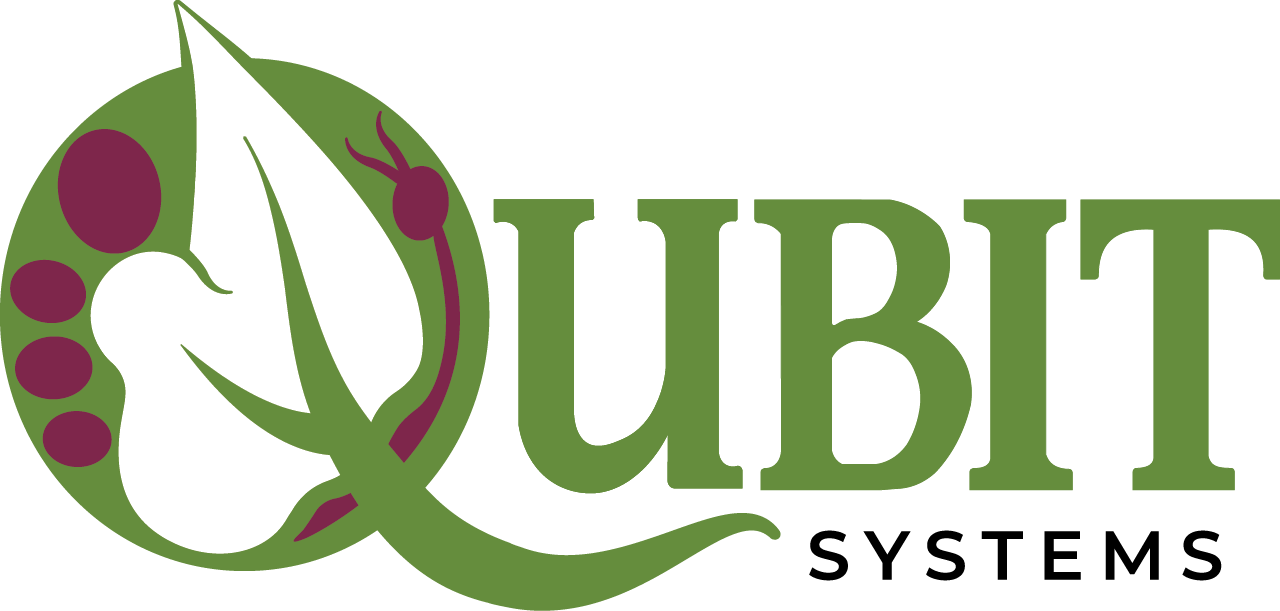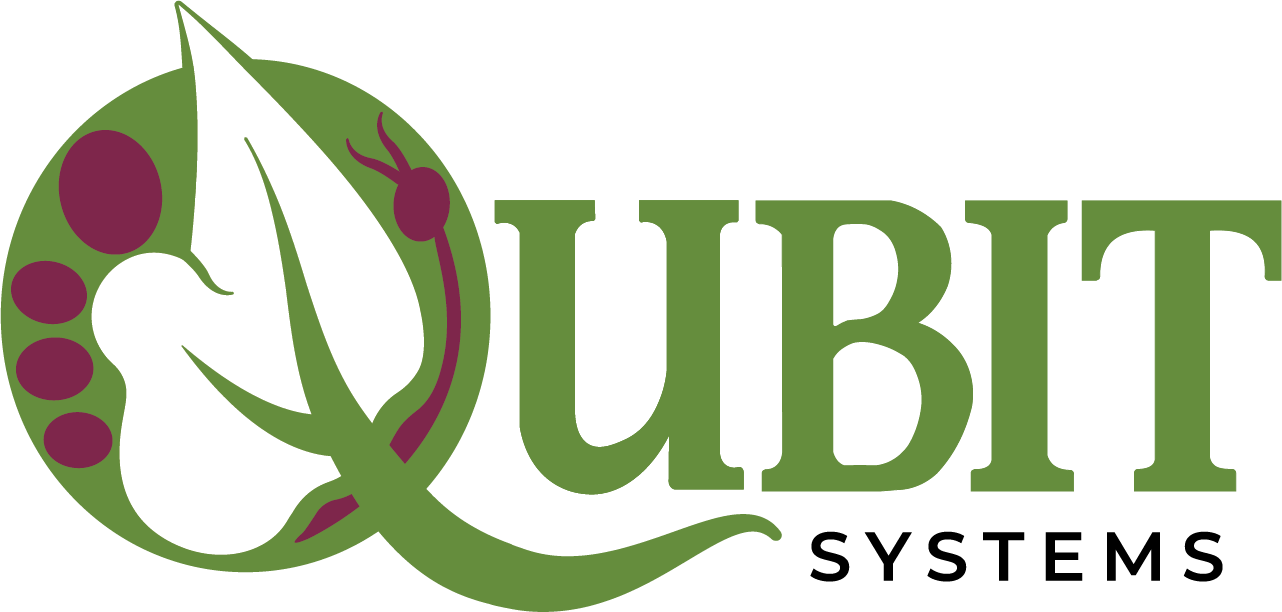
Well, you could listen to the birdsong, absent for so many months, or to the monumental bore who insists on instructing you (despite your cavernous yawns) that Spring has arrived because the Earth is tilted on its axis by 23.5° and the tilt’s orientation with respect to space does not change during the year, so that at exactly 11:06 EST on Tuesday March 19th 2024, the sun crossed the equator, which seems an early date for the Spring Equinox, but then you’ll remember 2024 is a Leap Year, which itself is an interesting phenomenon because… blah, blah, blah. You are scientists: you know the type.
In Canada, we know it’s Spring because the air temperature swings plus and minus 25 Celcius every few days, meaning you have to pack skis for powder, ice and mashed potatoes. Still, the sap is rising, and the beneficent sun seems to shine with an entirely different quality. Why do you think that is? Well, put your hyperspeculations aside and do some hyperspectral measurements instead. Read below summaries of some of the latest research in plant and environmental hyperspectral analysis using the unique ROX and FLOX systems from JB Hyperspectral, who Qubit is proud to represent in Canada and the Americas.
Dr. Stephen Hunt. President and CEO, Qubit Systems Inc.
Advances in Hyperspectral Analysis
Qubit Systems offers field-based instruments (ROX and FLOX) for monitoring solar irradiance, solar reflection and solar-induced fluorescence. Applications include monitoring plant growth, plant biochemical status (e.g., pigment dynamics), photosynthetic activity and variations in environmental conditions (e.g., soil and water characteristics). The instruments are deployable on high or low towers, gantries and balloons for long-term and short-term monitoring. They are ideal for ground-proofing of satellite data and for higher resolution, local measurements of chlorophyll fluorescence and plant reflective indices. Below, we provide summaries of recent research using solar irradiance, solar reflection and solar-induced fluorescence methods. Learn MORE
Recent FLOX Publications
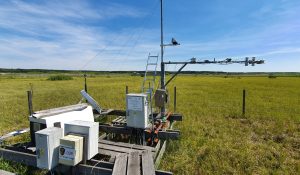
Zhu J et al. (2023) The relationship between wheat yield and sun-induced chlorophyll fluorescence from continuous measurements over the growing season. Remote Sensing of Environment Volume 298, 1 December 2023, 113791
https://doi.org/10.1016/j.rse.2023.113791
Sun-induced chlorophyll fluorescence (SIF) has the potential for predicting crop yield, particularly when SIF measurements are integrated over an extended time period. The performance of SIF parameters [near-infrared canopy SIF normalized by PAR (SIFyNIR), total near-infrared at photosystem level normalized by PAR (SIFyNIR_tot), and normalized difference fluorescence index (NDFI)] and vegetation indices (VIs) [normalized difference vegetation index (NDVI), and NIR reflectance of vegetation (NIRv)] were compared as predictors of yield estimation. SIFyNIR_tot at the anthesis stage was the best predictor of wheat yield. SIF outperformed VIs for wheat yield estimation during the late growth period. As data were accumulated over longer intervals of time, the relationship between SIFyNIR and wheat was more linear. The findings provide empirical support for using SIF to predict crop yield, as well as elucidation of the mechanisms underlying the relationship between SIF and production.
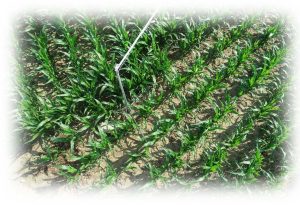
Naethe P. et al. (2024) Towards a standardized, ground-based network of hyperspectral measurements: Combining time series from autonomous field spectrometers with Sentinel-2 Remote sensing of the Environment Volume 303, 15 March 2024, 114013
Using the ROX and FLOX continuous records of ground-measured reflectance were first validated against Sentinel-2 top of canopy (TOC) reflectance to evaluate the consistency of the in-situ network in sites in across Europe, Africa, America and Asia. The. Our results suggest a good agreement of ground-measured reflectance with Sentinel-2 TOC reflectance in vegetation and snow with R2 around 0.79 in the 833 nm band and R2 up to 0.94 in the bands around 559 nm and 492 nm, demonstrating good consistency across the network. The best agreement between satellite and ground was exhibited by NDVI with R2 around 0.96 and relative error of 4.3% investigating vegetation and snow across all ten sites. The standardization of the automated field spectrometers, their data products and data annotation were essential prerequisites that enabled joint validation against Sentinel-2. Harmonizing optical ground measurements with respect to a satellite is promising for future research to ensure the valid intercomparison and transfer of data products across different sites in a network worldwide.
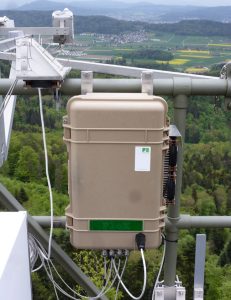
Recent ROX Publications
The ROX is an automated field spectroscopy device capable of collecting unattended, continuous, long-term hyperspectral measurements. It was developed from a collaboration between Jülich Research Center and the Remote Sensing of Environmental Dynamics Laboratory of the University Milano Bicocca, and is designed for long term measurements of solar radiance, reflected radiance and reflectance. Its robustness and flexibility make the ROX suitable for numerous applications including vegetation monitoring (numerous reflective vegetation indices such as NDVI, PRI etc.), and monitoring water quality, snow and ice.
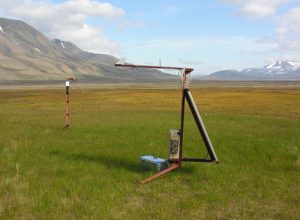
Hyun-Dong Moon et al. (2024) Differences in vegetation index values using measurements from two azimuth and multiple zenith viewing angles. International Agrophysics 38(1): 77-86
DOI: https://doi.org/10.31545/intagr/177635
To investigate how crop surface reflectance and vegetation indices varied according to the direction of the light source and sensor viewing, a hyper-spectrometer of visible to near-infrared wavelengths mounted on a field goniometer was used at vegetative and reproductive growth stages in rice paddy. Most of the wavelength reflectance measurements produced by the sparse vegetation cover fraction were not sensitive to solar-illumination and sensor-viewing angles. The reflectance of visible wavelengths was found to be less sensitive to the solar and sensor angles than the red-edge and near-infrared wavelengths. The lowest normalized difference vegetation index value in a day occurred at the nadir sensor-viewing angle before rice heading, but after heading, when ripened grains began to bow. The lowest value was recorded at the sensor zenith angle of 25°. Enhanced vegetation index measurements were found to be more sensitive to the direction of sensor viewing and less affected by sun glint than normalized difference vegetation index measurements. Additional field observation measurements should increase understanding of how vegetation indices change on anisotropic crop surfaces.
Ferreira F. et al. (2023) Heterogeneous marine robotic system for environmental monitoring missions.
International Symposium on Underwater Technology, Tokyo March 2023
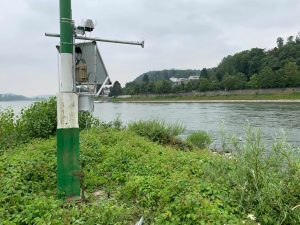
Environmental monitoring and protection of our oceans has become an absolute priority recognized as well by the United Nations and its UN Ocean Decade. Marine robotic systems can play a fundamental role in this field due to their lower cost and autonomous behavior when compared to research vessels. This article details the first use-case scenario defined within the INNOVAMARE project where an Autonomous Surface Vessel (ASV) and a Smart Buoy cooperate in a real and fragile environment: the Venice Lagoon. Preliminary results show the effectiveness of the equipment and methods and serve as validation for a more complex second use-case scenario.
Do you want to learn more about Remote Sensing?
Attend the upcoming Li-Cor Webinar featuring the ROX and FLOX from JB Hyperspectral.
Proximal Sensing and Gross Ecosystem Productivity: Lessons Learned by Combining Flux Observations and Ground Spectral Sensors
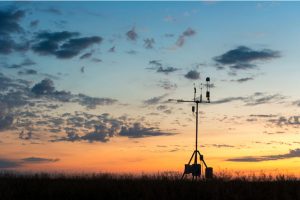
The ROX and FLOX are fully compatible with Eddy Covariance systems designed by Li-Cor Environmental. In this webinar, Mirco Migliavacca, Scientific Officer at the European Commission Joint Research Centre, and Tommaso Julitta, Managing Director at JB Hyperspectral Devices GmbH, discuss the important link between flux measurements and remote sensing. Learn about the leading applications for photosynthesis estimates, then explore the advantages of taking spatial GPP measurements with remote sensing and proximal sensing measurements with eddy covariance towers.
Date: Thursday, April 4th Time: 10:00 AM or 8:00 PM CDT
Presenters: Tommaso Julitta, Managing Director, JB Hyperspectral Devices GmbH;
Mirco Migliavacca, Scientific Officer, European Commission Joint Research Centre.
Upcoming Conferences
Please visit the Qubit exhibit at upcoming conferences to learn more about the ROX and FLOX and Qubit’s other instrumentation for monitoring plants, algae and the environment.
Society for Experiment Biology
Prague, Czechia July 2 – 5 2024
Honolulu Hawaii, June 22-26 2024
